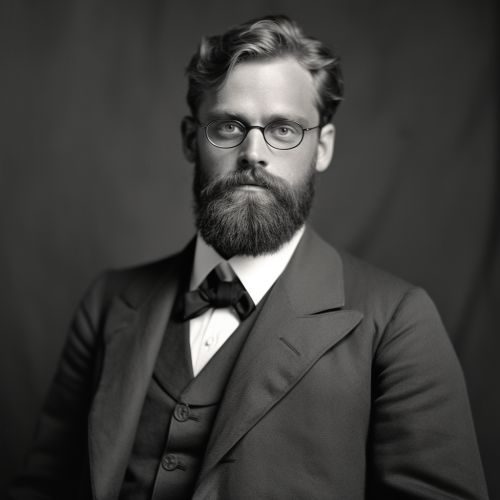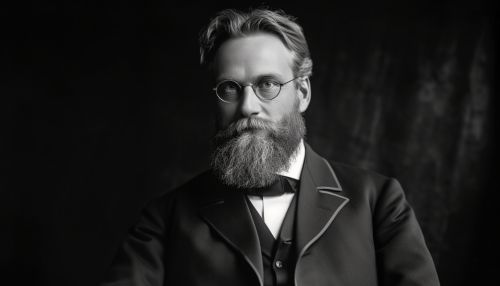Gustav Kirchhoff
Early Life and Education
Gustav Robert Kirchhoff was born on March 12, 1824, in Königsberg, Prussia (now Kaliningrad, Russia). His father, Friedrich Kirchhoff, was a lawyer, and his mother, Johanna Henriette Wittke, was the daughter of a prosperous merchant. From an early age, Kirchhoff showed a keen interest in mathematics and physics, which was encouraged by his parents.
Kirchhoff attended the Albertus University of Königsberg, where he studied under the renowned mathematician Friedrich Julius Richelot and physicist Franz Ernst Neumann. Here, he developed a strong foundation in mathematical physics, which would later play a significant role in his scientific career.


Career and Contributions to Physics
After completing his studies, Kirchhoff accepted a position at the University of Breslau (now Wrocław University, Poland) in 1850. Here, he began his collaboration with fellow physicist Robert Bunsen, which would lead to some of their most significant contributions to physics and chemistry.
In 1857, Kirchhoff and Bunsen developed the Bunsen-Kirchhoff spectroscope, a device that allowed them to analyze the light emitted by heated elements. This led to the discovery of the principles of spectral analysis and the identification of the elements cesium and rubidium.
Kirchhoff's laws of electrical circuits, also known as Kirchhoff's circuit laws, were first described in his 1845 paper "On the Solution of the Equations Obtained from the Investigation of the Linear Distribution of Galvanic Currents". These laws, which are fundamental to electrical engineering, state that the sum of the electrical currents entering a junction is equal to the sum of the currents leaving it, and that the sum of the potential differences (voltages) around any closed loop in a network is zero.
In 1859, Kirchhoff made another significant contribution to physics with his law of thermal radiation, also known as Kirchhoff's law of radiation. This law states that the emissivity of a body (the ratio of energy radiated by a body to the energy radiated by a black body at the same temperature) is equal to its absorptivity (the ratio of the absorbed radiation to the incident radiation).
Kirchhoff's work in these areas laid the foundation for many subsequent developments in physics and engineering, including the field of quantum mechanics.
Later Life and Legacy
In 1875, Kirchhoff accepted a position at the University of Berlin, where he remained until his retirement in 1886. He continued to contribute to the field of physics, focusing on the study of elasticity, acoustics, and diffraction.
Kirchhoff died on October 17, 1887, in Berlin. His contributions to the field of physics continue to be recognized and utilized in modern scientific research and applications.
